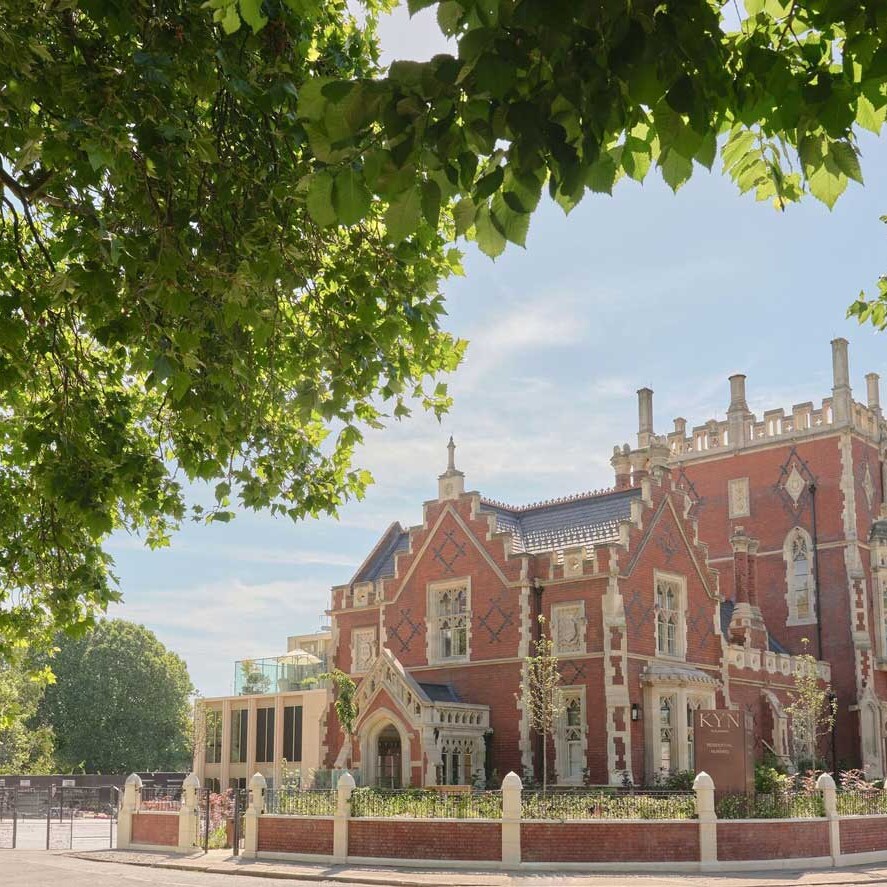Smart care homes are in use and developing quickly for the benefit of residents and care workers.
If you look around your home, there’s bound to be at least one smart home device in sight. Whether that’s your lovely assistant Alexa, your Google Home or even your washing machine, smart home devices are becoming increasingly popular in the typical home so how can these technologies be used in care?
Care homes are slowly trickling behind in terms of the smart devices used. As baby boomers, who are used to such smart technologies, move into the care home market this will undoubtedly change. Currently the usual devices used include smartphones and tablets that allow residents to keep in contact with their loved ones on a regular basis. This sort of connection has only been further highlighted over the past year during the Covid 19 pandemic with the lack of social interaction and nationwide lockdowns.
The idea of a smart home is not new, and the Internet of Things is at the core of such technology. According to various studies there are 2.22 million smart homes in the UK. Essentially, it is a network of devices that are connected to the Internet to help make life seamless. An essential smart home device for care homes is a smart thermostat. To name a few, Hive and Nest allow for care givers to adjust the room temperatures of bedrooms and communal spaces remotely from their phone. This way, they are able to oversee and make sure that residents and staff are comfortable.
How can smart equipment help residents?
Although these intuitive devices don’t necessarily help with social interaction, they are designed to reduce friction and make tasks easier because they are connected in one place. Many care homes are moving away from the traditional spreadsheet or log that shares information between care givers on different shifts. Such information benefits carers by storing and digitalising important health information which could then be shared with doctors and family. Digital software helps the management and running of care homes by assisting with planning, monitoring, supply chain management and real time reporting. Being able to provide family members with instant access information on their loved ones and any health concerns can help to ease anxiety. Such digital software is securely stored online for ease of reference.
There are also benefits for dementia patients to utilise technology both for their safety and independence. There are specialised assisted technological devices such as auto dial telephones that can help simplify the user interface. Wearable technology, such as a simple smart watch, means that care workers can see immediately where people are and that they are safe without interfering with the resident’s day or their independence. Smart watches can also track heartbeats, activity levels and give wearers the security of knowing they can make an emergency call to a care giver if needs be. A poll ‘of 2,611 care home owners, managers and staff, carried out in September 2019, also revealed just over half (52%) of care home staff think care homes should use Artificial Intelligence (AI) such as smart speakers to help care for residents.’
The relationship between care home design and technology can be symbiotic. Architects seem to be leaning toward integrating or allowing for the implementation of smart home devices which will undoubtedly put us closer to a digital world. As well as incorporating new technologies available to us, it’s important to think of the impact on the community as a whole. Last year, we held an online competition4 that led to Speedwell Care Home in Southampton receiving a Facebook Portal, allowing the residents to connect with family members without the need for app installation.
What’s next for smart technology?
Voice-activated assistants seem to be a good place to begin. Using these assistants as memory aids and as an information source can increase the general wellbeing of the older generation. Listening to music that brings back old memories or being able to stay updated about the news can make a small yet impactful difference in the lives of the elderly. Having a sense of independency for a resident can also be incredible if the operation is automated or controlled through a smartphone or smartwatch.
Acoustic monitoring, smart lighting and remote sensors are all naturally being including within new build care homes. Being able to identify micro changes in movement, movement activated subtle lighting and pressure mats identifying falls all create a safe, secure and efficient environment. Enabling care workers to provide care to the best of their ability with the latest equipment available creates efficiency and allows time for what is needed most, person centered care.
Obviously, we still have a long way to go and since technology is moving at a rapid pace, there’s no saying what could come next, apart from embracing 5G when available in the relevant area! One thing is certain, the human-touch and person to person relationship is hard to replace. Although some care homes across the country have begun to trial AI and robots to perform certain tasks to relieve care givers of manual repetitive tasks, it will not be able to take the place of caregivers who provide the much-needed compassionate care. Such people centered care calms adults and can reduce anxiety which is paramount to a happy care home. The social wellbeing aspect is an important part of the care sector and could be addressed with the introduction or normalisation of smart home devices.
As Martin Green, chief executive of Care England has stated, “There is undoubtedly a place for new technology within the care sector, but we must also remember that care is a relationship-based service and technology can never replace human contact.” It’s important that we don’t forget about technology and its benefits when it comes to creating a safe, user-friendly and lively atmosphere in care homes.


